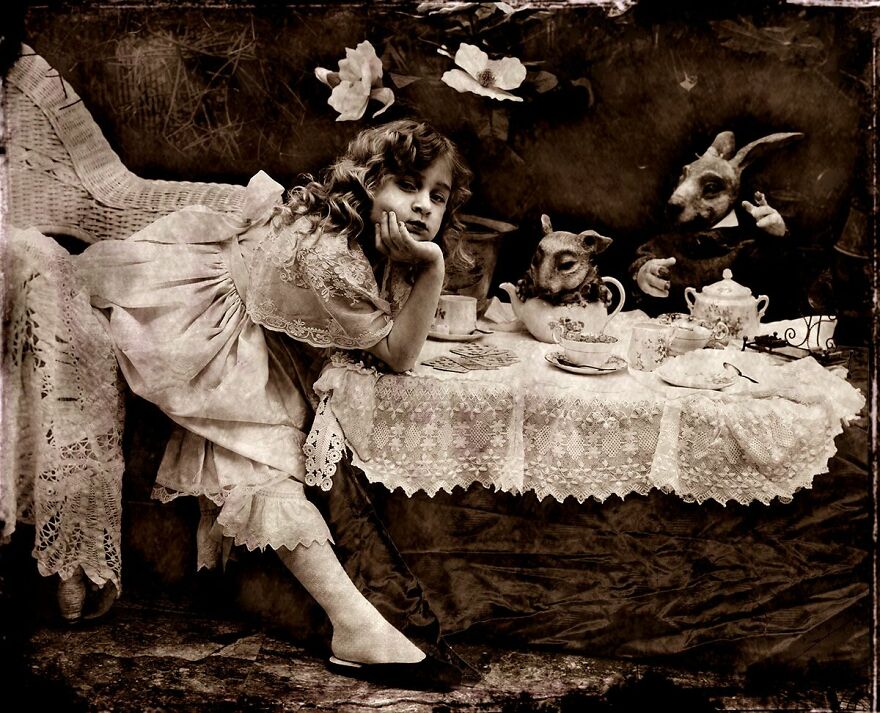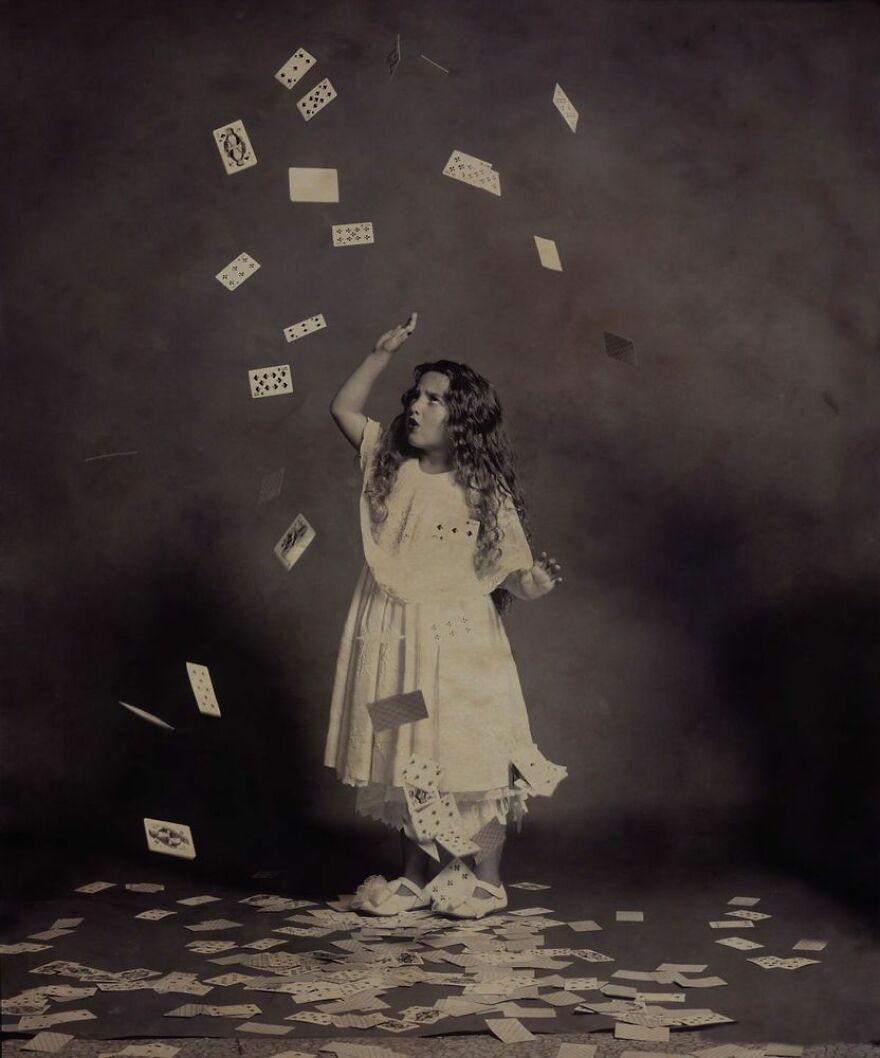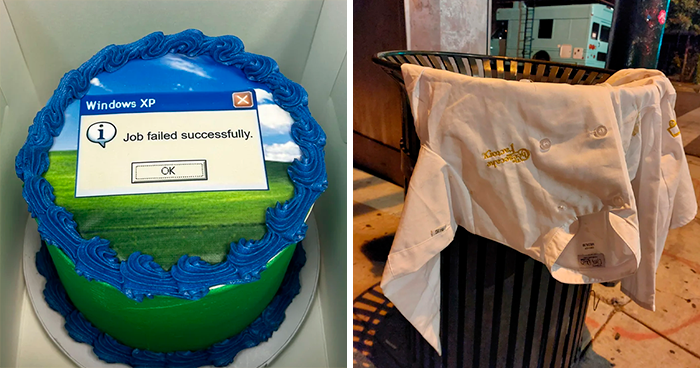Lewis Carroll’s Alice’s Adventures in Wonderland is among the books which do not easily lend themselves to translation. It needs a lot of comments and explanation, but, at the same time, you can hardly find a book that would be more captivating, funny, mysterious, and favored. What it is all about? Is it just an ordinary fairy tale for children or a story for adult readers touching upon fundamental issues of metaphysics? A dream, allegory, mystification, or a well-coded mathematical puzzle invented by the author whose real name was Charles Lutwidge Dodgson?
For more than a century now literary critics, scholars, translators, readers, all and sundry have been trying to unravel the logical conundrum set by Carroll. There are quite a few mysteries associated with the book itself, its author, and the characters he invented. Everybody’s question is: “How a non-professional author, a Mathematics don at Christ Church, Oxford, has managed to produce such a masterpiece?”
The first Russian editions of the book became available more than 100 years ago – from the first Russian versions called Sonia in the Kingdom of Wonder by an unknown translator (1879) to the versions of Soloviev, Aktil, and, finally, Vladimir Nabokov’s Anna in Wonderland. Nowadays, the most widespread versions are that of N.M. Demurova (1968) and the rendition by B.V. Zakhoder (1972).
To nobody’s surprise, Alice keeps attracting the attention not only of authors and literary experts but also of numerous artists and illustrators. Many of them were desperate to create Alice’s visual image and her never-never land. It is quite understandable because the word and the image have always gone hand in hand. These two elements fill all the space around us. Our consciousness is governed by words and sounds, but the domain of the subconscious is dominated by images. This is the beginning where human images are formed. Then they find their material personification, in reality, that is, get their embodiment on the movie or television screens, and also in photos.
There have been produced quite a few successful illustrations for the book, but nobody has ever tried to create a photographic image of Alice. Apropos of Carroll, he was an avid photographer himself and did a lot to express his attitudes to the surrounding world no only in his literary works. He was very fond of children, especially girls. He invited his childhood friends to tea or lunch in his rooms; they used to visit places and play together. Carroll wrote them letters and took pictures of them. He left behind hundreds of photos of “young ladies”. This provoked talks about his alleged pedophilic bent. Faultfinding critics kept asking “why on earth all those wide candid eyes, trustful expression, bare shoulders, and feet, etc.?”
Among Carroll’s little friends was a girl named Alice Liddell who inspired him to write his Alice’s Adventures in Wonderland. The story of Alice’s adventures was first told by word of mouth to distract Miss Liddell who was seven at the time during a picnic on a hot summer day in the year 1862. Sometime later at her request, he put his story on the paper thus creating what was destined to become an immortal book. This is how Carroll himself described his little friend in an article called Alice on the Stage: “What are you, Alice? How to describe you? Utterly inquisitive, with a zest for life which is only characteristic of a happy child when everything seems new and nice, while Sin and Sorrow are just two empty words which mean nothing.”
Nobody will ever know about the true relationships between Alice and Lewis. Soon after the book was published any contacts between the Liddell family and Lewis Carroll were discontinued. Pages from Carroll’s diary describing that period somehow disappeared as did his letters to Alice. They were destroyed by Alice’s mother, a very puritanical lady.
The main task Vladimir Clavijo-Telepnev faced in the project was to create photo illustrations for Alice’s Adventures in Wonderland. Vladimir made it a point to express photographically such fine and intangible categories as emotions, mood, and inner feelings of a small heroine put in her imaginary fairy-tale country. The project is about to convey a fragile image of a girl-cum-woman so characteristic of the puritan world which used to surround Carroll through a sensual albeit mystical style of Russian symbolism characteristic of the early last century.
Among other things, Victorian England is associated with the cult of a woman- a young lady enjoying everybody’s affection, because in those days she was supposed to protect the ambient world against the callousness, all kinds of unpleasantness, etc. There was a belief that women were nearly sinless standing much closer to God than men. The Victorians believed that owing to their kindness women are pure and can act as saviors. The cult of a child was widespread as well as that of a woman. Children, especially young girls, were treated as gentle creatures or nearly as God’s messengers.
All Vladimir’s illustrations have been made by the monochromatic photo technique with the use of sophisticated color nuances. To emphasize the image Vladimir also makes use of still-life motifs – roses, books, threads of pearl. Each detail can convey either additional or different meaning, something akin to Carroll’s book based on complex mathematical and logical associations.
A romantic and somewhat melancholic image of a girl is performed in the Russian modernistic style. An air of sorrow is seen in the figures and postures. The landscape, costume, and composition convey the search for the lost ideal. Symbols of the idealistic world of children’s dreams are set against the tough reality of the existing world. Symbolism has acquired its stylistic justification in modernism and has become the key element of the respective artistic program. Symbols as universal tools for cognition brought about by a poetic insight express the inmost mystical meaning. The world’s history is reminiscent of the history of artistic and literary myths. Such are the ideas of modernism that have come to Russia from the West. Modernism with its aspirations turned to the splendid past tends as it were to put us into the framework of the wonderful land of our childhood.
In Russian fine arts, the symbolism was put on the map in the early 20th century, specifically in 1904, when an exhibition called Scarlet Rose was opened in the city of Saratov. Among the participants were such prominent artists as Viktor Borisov-Musatov, Mikhail Vrubel, Nikolai Sapunov, and Sergei Sudeikin. Two years later these artists joined by 16 others organized another exhibition now called Blue Rose which happened to give a name to their association.
The Blue Rose artists tried to combine the Western painting system characteristic of such artists as Henry Matisse, Paul Gauguin, or Pierre Bonnard, a low pace of Oriental metaphysics and the highly mystic nature of Russian icon painting. Blue as the color of the sky, water, or limitless space, in general, was meant to send the message of poetic dreams, reality, sorrows, and hopes.
A similar approach is characteristic of the majority of pictures created by Vladimir Clavijo-Telepnev. He is one of the rare photographers who work at the interface of photography and painting. In his photos, Vladimir creates a sensual and mystical “blue” world of modernism which, alas, is no longer around.
Currently, the artist tends not only to work on photo albums, brochures, catalogs, or full-fledged books in a traditional way. He is doing his best to reinstate ancient techniques of the book publishing business and turn it into an independent branch of arts. Small surprise if you take into account that among other things he is a book graphic artist. Since 1988, Vladimir had been working in this field as well as taking pictures. Somewhat later he concentrated on photography working as a press and a fashion photographer. Since 1999, Vladimir has been working on his projects exclusively. His first album – Imperfecto, was published in 2001 followed by the second album called Impressions published a year later. For his first album, Vladimir received in Bratislava the international award for the Best Photo Album of Eastern Europe in 2001-2002.
Among other things, the uniqueness of Vladimir’s Alice project is determined by the fact that for the first time all the phantasmagoric inhabitants of Wonderland have been produced for the purpose. Vladimir has made it a point to reproduce in his photos the atmosphere of Alice’s world as accurately and expressively as possible.
The characters invented by Lewis Carroll and smartly animated by Vladimir Clavijo-Telepnev – creatures that capture our imagination; they negate their artificial origin and start living on their own. They are more than ordinary models. Seemingly, they are five minutes short of becoming living beings by their sizes and the materials they are made of. Indeed, they are capable of moving their heads, arms, and legs; all of them boast fine facial gestures. Their facial asymmetry easily enables them to change their expressions, show different sentiments or dispositions. The puppets look at you with their easy air, but as soon as you leave the scene you find yourself back to square one, in the real-life world with all its vanity, fears, and finiteness, or where your childhood ends.
It would be no exaggeration to say that by this project Vladimir Clavijo-Telepnev has shown once more his innovative approach in photography and fine arts alike.
Represented by JM Art Management
Request catalogue: info@jmartmanagement.com
More info: jmartmanagement.com
Vladimir Clavijo-Telepnev, Alice in Wonderland
Image credits: www.jmartmanagement.com
Vladimir Clavijo-Telepnev, Alice in Wonderland
Image credits: www.jmartmanagement.com
Vladimir Clavijo-Telepnev, Alice in Wonderland
Image credits: www.jmartmanagement.com
Vladimir Clavijo-Telepnev, Alice in Wonderland
Image credits: www.jmartmanagement.com
Vladimir Clavijo-Telepnev, Alice in Wonderland
Image credits: www.jmartmanagement.com
Vladimir Clavijo-Telepnev, Alice in Wonderland
Image credits: www.jmartmanagement.com
Vladimir Clavijo-Telepnev, Alice in Wonderland
Image credits: www.jmartmanagement.com
Vladimir Clavijo-Telepnev, Alice in Wonderland
Image credits: www.jmartmanagement.com
Vladimir Clavijo-Telepnev, Alice in Wonderland
Image credits: www.jmartmanagement.com
Vladimir Clavijo-Telepnev, Alice in Wonderland
Image credits: www.jmartmanagement.com
Vladimir Clavijo-Telepnev, Alice in Wonderland
Image credits: www.jmartmanagement.com
Vladimir Clavijo-Telepnev, Alice in Wonderland
Image credits: www.jmartmanagement.com

 Dark Mode
Dark Mode 

 No fees, cancel anytime
No fees, cancel anytime 







































0
0